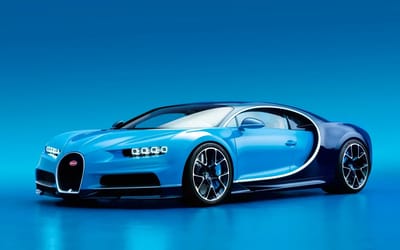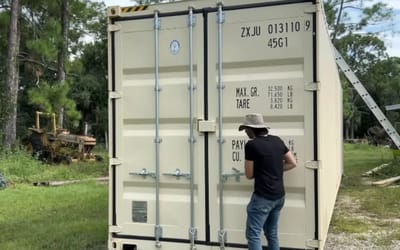Alpine to run hydrogen-combustion prototype supercar next month
- The Alpenglow is Alpine’s first hydrogen-combustion prototype
- It is powered by two 700-bar hydrogen tanks
- After the static unveil, the car is ready to debut around the track
Published on Apr 12, 2024 at 6:02 PM (UTC+4)
by Alessandro Renesis
Last updated on Apr 15, 2024 at 7:01 PM (UTC+4)
Edited by
Tom Wood
Not long ago, Alpine introduced a prototype for a hydrogen-powered supercar.
Back when it was unveiled, the prototype was just a static vehicle, almost like an empty shell.
But that’s going to change soon because the French brand has developed a working prototype, and it is going to race around the track next month.
READ MORE: This Bentley Bentayga is covered in artwork – here’s why
The concept race car is called the Alpenglow and it is – according to Alpine – the future of race driving.
It looks like a Batmobile designed in space, with snowflake-shaped wheels and a translucent back wing.
It also features an LMP1-style glass canopy with a sizable air intake that helps cool the mid-rear-mounted hydrogen-powered engine.
Despite being fitted with a pair of 700-bar hydrogen storage tanks, it is relatively light, tipping the scales at just over 1000 kg, chiefly because it’s made almost entirely out of carbon fiber.
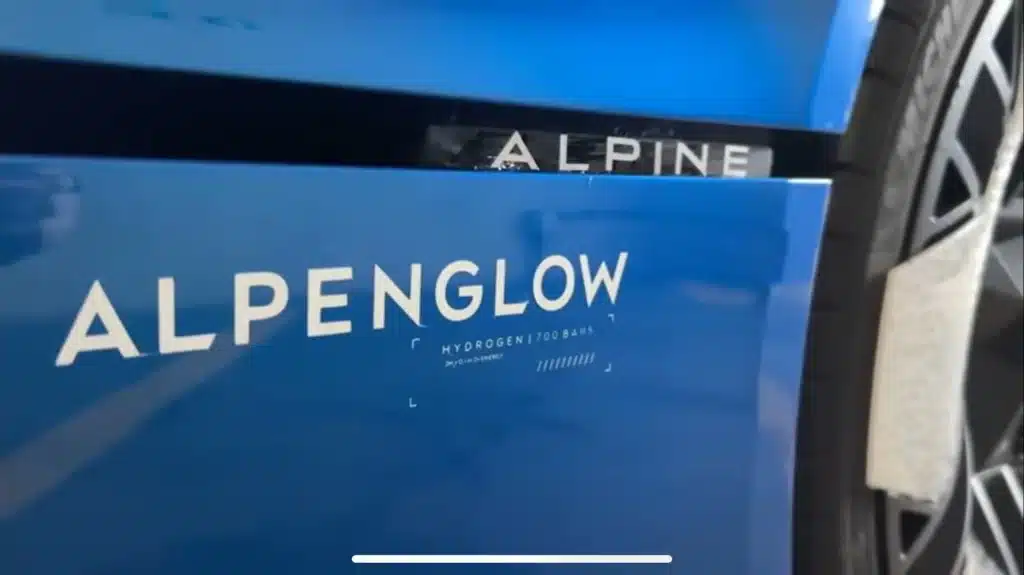
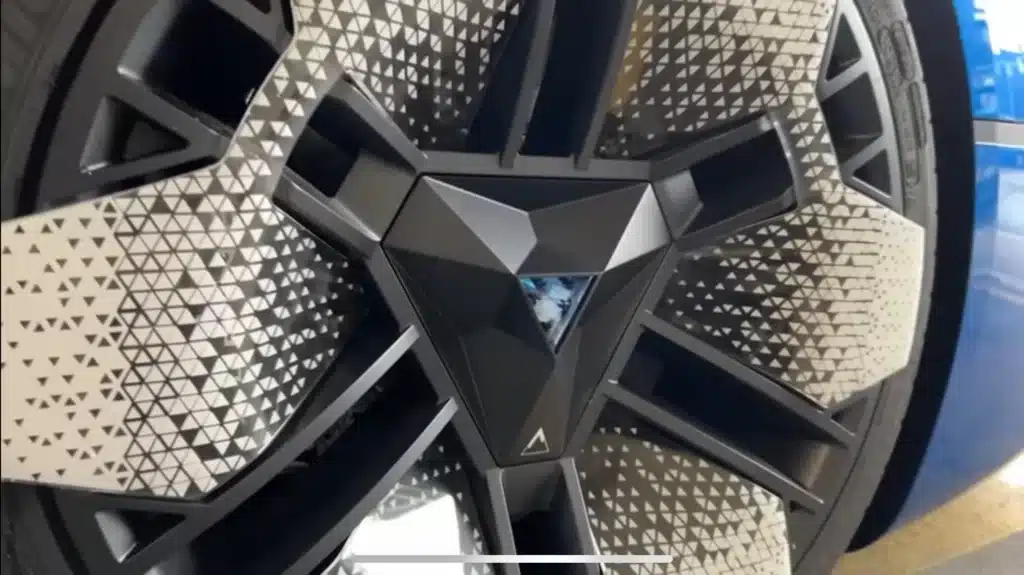
The futuristic Alpenglow will be driven for the first time at Spa-Francorchamps ahead of the Six Hours race on May 11, and it looks like this is not going to be a one-off event.
This is because organizers of the Le Mans 24 Hours race are also planning to introduce a new category for hydrogen-powered cars in 2027.
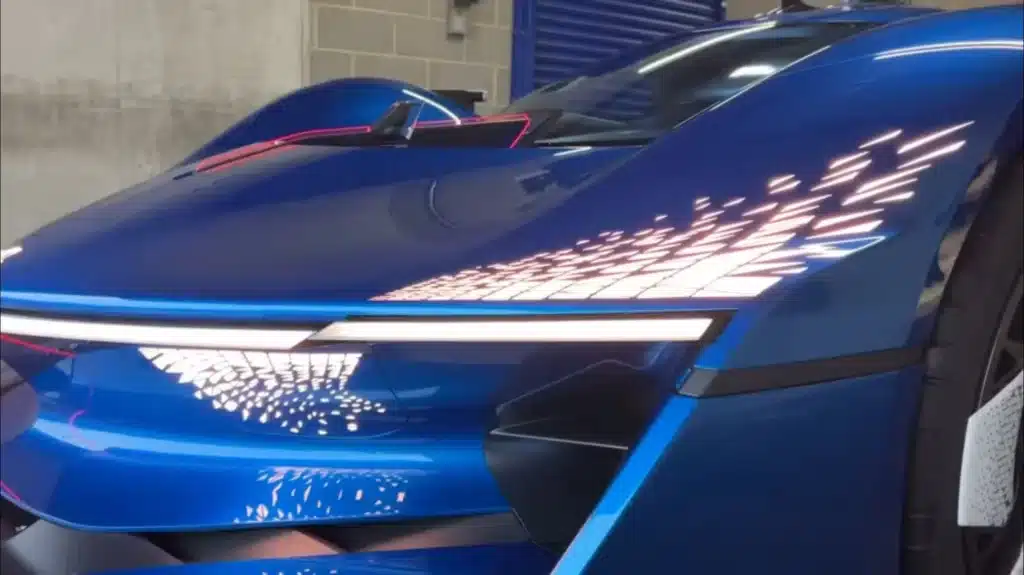
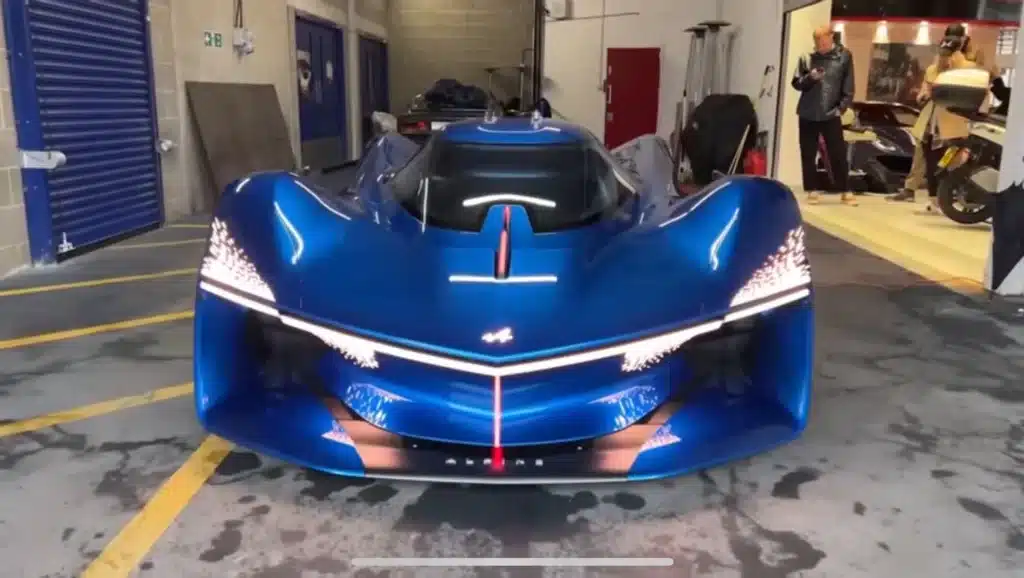
The pool of available hydrogen-powered vehicles is growing, from everyday cars such as the Toyota Mirai to the ultra-fast, 217-mph Hyperion hypercar.
Having said that, hydrogen cars are still relatively rare.
According to Korean research company SNE Research, only 14,451 hydrogen fuel cell vehicles, known as FCEVs, were sold worldwide in 2023.
And that number is down over 30 percent when compared to 2022.
The main advantage, as most people might know, is that hydrogen cars take minutes to fill up, just like a gas-powered car.
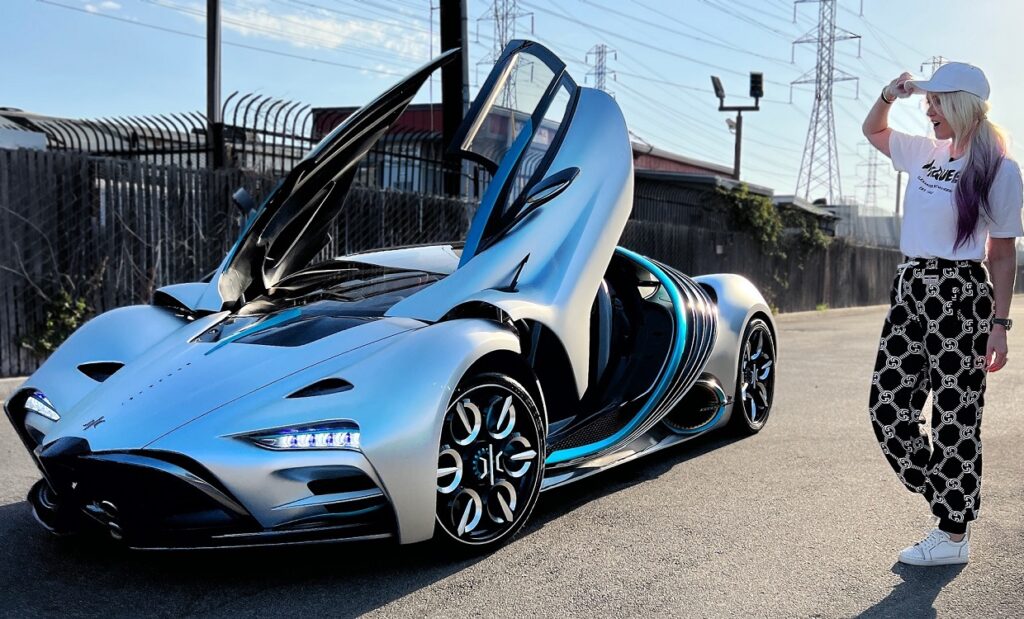
However, there’s at least one major disadvantage that’s slowing down adoption.
When it comes to hydrogen cars we’re often told, almost like a slogan, that ‘hydrogen is the most abundant element in the universe’, which is true, but also misleading, because it’s not like you can simply ‘catch’ the hydrogen and throw it in the tank of the car.
Hydrogen has to be compressed and stored, usually at extremely low temperatures, and this is still an expensive and complicated process.
By contrast, building batteries to power electric cars is comparatively easier and cheaper, though perhaps we should just say ‘less expensive’.
Maybe that’ll change soon but, in the meantime, this is one of the main reasons why automakers went down a different route and chose batteries over hydrogen fuel.
DISCOVER SBX CARS: The global premium car auction platform powered by Supercar Blondie

